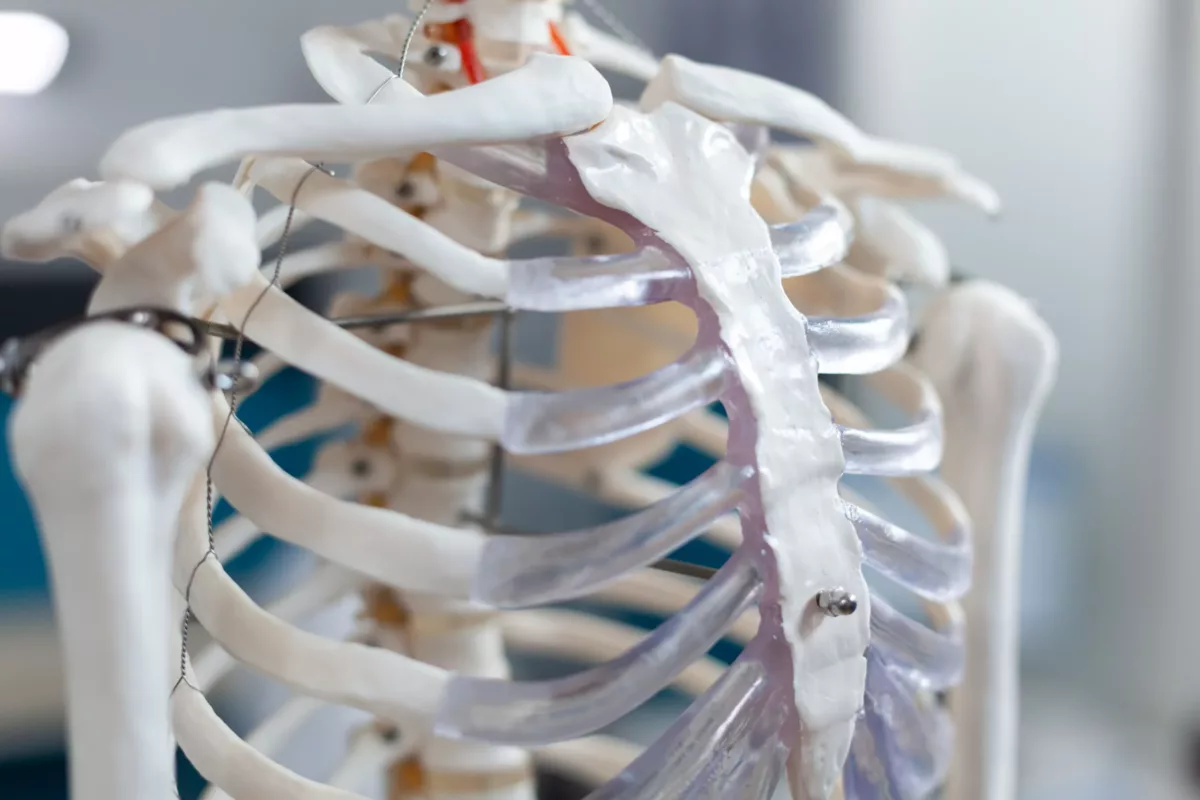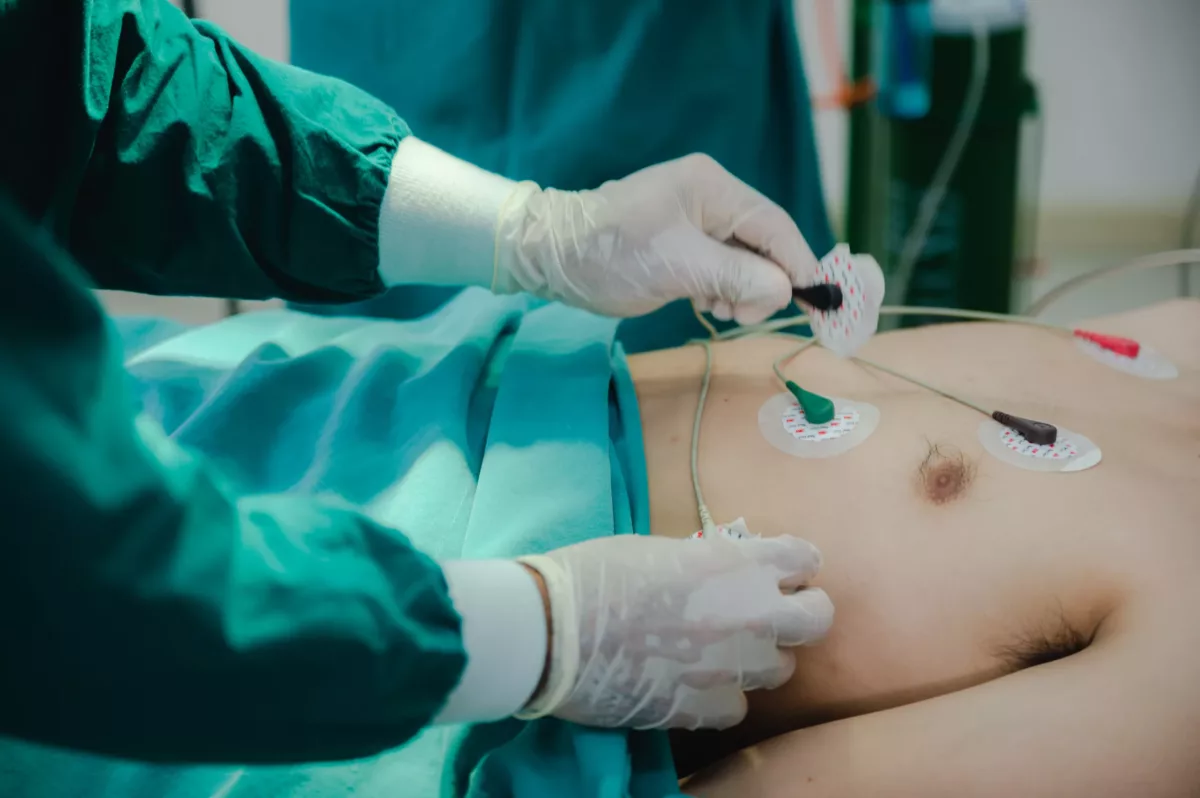A condition that causes the band of tissue in the upper abdomen (belly) called median arcuate ligament to put pressure on the artery (celiac artery) that sends blood to the spleen, liver, and stomach is called median arcuate ligament syndrome (MALS).
This ligament makes a pathway between the abdomen and chest for the primary blood vessel in the body (the aorta). Normally, the medial arcuate ligament goes across the aorta.
When this ligament is out of place, it may put extra pressure on the celiac artery and surrounding nerves (also known as celiac plexus). Therefore, symptoms may occur including stomach pain.
Anyone may develop MALS, even children. Check below other names for MALS:
- Celiac artery compression syndrome
- Celiac axis syndrome
- Dunbar syndrome
In most cases, MALS is treated with surgery that helps release pressure from the ligament on the nerves and artery.
Symptoms
However, pressure on the celiac artery does not cause symptoms every time. However, when they occur, people may experience the following ones. Examples include:
- Fear of eating foods because it causes pain
- Unexplained weight loss
- Diarrhea
- Bloating
- Nausea
- Vomiting
- Stomach pain, especially after exercising or eating. It usually gets better if you are standing or leaning backward while eating.
In addition, there are multiple causes of stomach pain. If this symptom occurs for more than three days, do not hesitate to see a doctor.
Seek emergency care if stomach pain occurs with the following symptoms. For example:
- Fever
- Bloody stools
- Persistent vomiting
- Abdominal swelling
- Severe tenderness, especially when you touch the abdomen
- Jaundice (yellowing of the skin or eyes)
Furthermore, some people may confuse stomach pain with chest pain which is a symptom caused by a myocardial infarction. Go to the nearest emergency room or call 911 in the U.S. if stomach pain happens with the following symptoms. Check some examples below:
- Shortness of breath
- Dizziness
- Weakness
- Nausea
- Vomiting
- Cold sweats
- The pain lasts more than several minutes
- Pressure, tightness, or fullness in the chest
Unfortunately, healthcare providers do not know the exact cause of MALS.
Risk Factors
Risk factors for MALS are not clear because experts do not fully understand why it happens. However, this condition is more common in adults than children and among women than men. Moreover, genetics also could play a role because it has been seen in identical twins.
Sometimes, people develop median arcuate ligament syndrome after surgery to the pancreas or blunt injury to the stomach region.
What Are The Potential Complications of MALS?
This condition may lead to some serious complications, especially if it’s not treated. For example:
- Chronic pain, especially after meals
- Fear of eating
- Weight loss
- Reduced quality of life
- Depression or anxiety
This article does not contain a complete list of complications. Consult with your doctor about ways to prevent complications.
Diagnosis
Physicians usually perform a physical examination and ask some questions about symptoms and your medical history. Check below some tests used to confirm MALS and rule out other conditions that cause similar symptoms:
- Blood tests – These tests help doctors check for conditions that involve the pancreas, kidneys, liver, and other body parts. They also may perform a complete blood cell count test that shows levels of white and red blood cells. If results show high white blood cell levels, it may indicate infections.
- Abdominal ultrasound – This test uses sound waves to make pictures of the abdominal area. It helps see how blood flows through blood vessels and whether the celiac artery is compressed or not.
- Upper endoscopy – Sometimes, this test is called an esophagogastroduodenoscopy (EGD). It involves a long and flexible tube with a camera on the end that allows the doctor to see the esophagus, stomach, and the upper part of the small bowel. During this test, doctors may remove a sample of the affected tissue and send it to the laboratory for testing (biopsy).
- Gastric emptying studies – Usually, pressure on the celiac artery slows the rate of stomach emptying. While these tests can determine how fast the stomach empties its contents, there are multiple medical conditions that cause delayed emptying.
- MRI (magnetic resonance imaging) scans – This test uses magnetic fields and radio waves to produce detailed pictures of different body structures and organs. In some cases, physicians use a contrast called dye to see better how blood goes through the arteries.
- Abdominal CT (computerized tomography) scans – This also is an imaging test used to get more detailed images of the multiple body parts. It can show whether the celiac artery is narrowed or blocked.
- Celiac plexus block – This test involves a numbing medicine that is injected into nerves nearby the celiac artery. It mimics the MALS surgery and helps determine who may do well with this surgery.
Treatment
The only treatment for people with MALS is surgery. It helps lessen the symptoms in most people. Median arcuate ligament release, also called decompression, is the most common surgery used in people with this condition. It is performed as an open surgery through a cut in the abdominal region. In some cases, surgeons perform this procedure by using a camera and small tools passed through a few small openings (also known as laparoscopic surgery).
However, during decompression, the surgeons remove some parts of the median arcuate ligament. As a result, it helps decrease pressure on the nerves and celiac artery. Sometimes, surgeons may remove the nerves on both sides of the celiac artery.
There are some people who need surgery to repair or replace a blocked celiac artery. Therefore, it helps restore blood flow.
People with MALS usually stay in the hospital for a few days after surgery. Furthermore, regular CT or ultrasound scans are recommended to make sure that blood flow is completely restored.
Frequently Asked Questions
What can be mistaken for MALS?
Many health conditions can be mistaken for MALS. These include:
- Peptic ulcer disease
- IBS
- Gastroparesis
- Appendicitis
- Hepatitis
- Gastritis
- Cholecystitis
- Chronic pancreatitis
- Biliary dyskinesia
- Colorectal malignancy
Talk with your healthcare professional for more details.
What are the main symptoms of median arcuate ligament syndrome?
These include:
- Fatigue (extreme tiredness)
- Bloating, nausea, or vomiting
- Unusual weight loss
- Diarrhea
- Pain that occurs mostly in the upper belly
If any of the previous symptoms happen, immediately contact your doctor.
What happens if MALS is left untreated?
People with untreated median arcuate ligament syndrome may experience some complications. These include:
- Chronic pain
- Malnutrition
- Dehydration
- Gastrointestinal problems
- Collateral vessel complications (such as internal bleeding caused by a rupture of the celiac artery)
Discuss with your doctor about ways to lessen or prevent complications. Ask your healthcare provider if you have additional questions.




